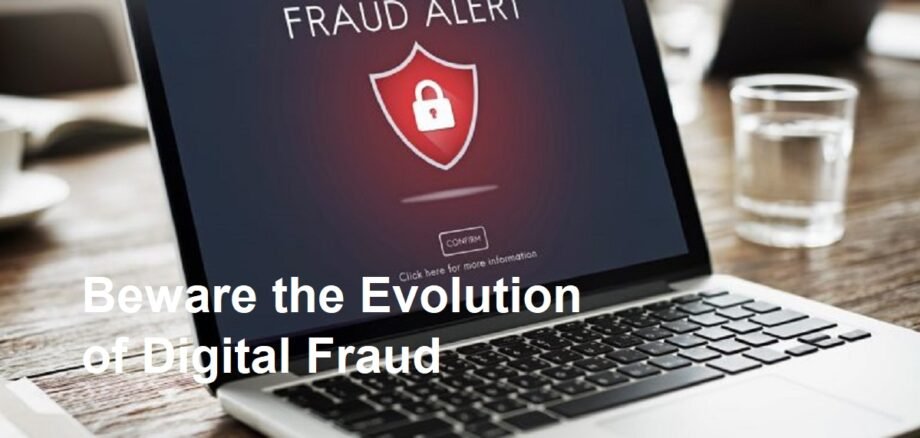Introduction
In today’s highly digital world, cybercriminals continuously evolve their tactics to trick individuals and businesses into revealing sensitive information. The rise of digital fraud has led to complex schemes that go beyond traditional scams, making awareness and education more important than ever. This article delves into the evolution of digital fraud, focusing on three major techniques: phishing, vishing, and smishing. By understanding these threats, you can better protect yourself against financial loss, identity theft, and data breaches.
The Growing Threat of Digital Fraud
Digital fraud involves deceptive practices aimed at stealing personal information or money through electronic channels. Advances in technology have enabled fraudsters to develop increasingly sophisticated methods to exploit victims, often impersonating trusted organizations or individuals. As a result, many people fall prey to these scams without realizing the risks involved.
The COVID-19 pandemic accelerated digital adoption, expanding opportunities for cybercriminals. Fraud schemes have adapted to new communication platforms, from emails to phone calls and text messages, exploiting the trust users place in these channels.
Understanding Phishing: The Classic Digital Scam
Phishing is the most well-known form of digital fraud and involves sending fraudulent emails or messages that appear to come from legitimate sources. The goal is to lure recipients into clicking malicious links, downloading malware, or providing sensitive data such as passwords or credit card numbers.
Phishing emails often use urgent language, fake logos, and credible sender addresses to appear authentic. Common phishing attacks include fake bank alerts, payment requests, and account verification notices. Despite awareness campaigns, phishing remains effective because it targets human psychology, preying on fear, curiosity, or trust.
Vishing: Voice Phishing Attacks
Vishing, or voice phishing, is a scam conducted over the phone, where fraudsters impersonate trusted entities such as banks, government agencies, or tech support. These callers use social engineering techniques to manipulate victims into revealing confidential information or transferring funds.
Unlike phishing emails, vishing exploits the immediacy and personal interaction of a phone call. Scammers often create a sense of urgency, threatening account suspension or legal action to coerce the victim. Since phone numbers can be spoofed to look legitimate, recipients may feel compelled to comply.
Smishing: The SMS Scam Threat
Smishing combines SMS (Short Message Service) text messaging with phishing tactics. In these attacks, victims receive deceptive texts encouraging them to click links, call numbers, or share personal details. Smishing often mimics notifications about package deliveries, bank alerts, or account problems.
Because people tend to trust text messages and respond quickly, smishing can be highly effective. The hyperlinks may lead to fake websites designed to steal login credentials or install malware on smartphones.
How to Protect Yourself from Digital Fraud
While digital fraud techniques are evolving rapidly, there are effective strategies to safeguard against them:
- Be cautious with unsolicited communications:Never click links or download attachments from unknown or unexpected sources.
- Verify sender identity:Contact the organization directly using trusted contact details before responding to suspicious messages or calls.
- Use strong, unique passwords:Employ password managers and enable two-factor authentication on important accounts.
- Stay updated:Keep your software and security tools current to prevent exploitation of vulnerabilities.
- Educate yourself and others:Awareness of common scams and tactics is crucial in spotting fraud attempts early.
The Importance of Staying Vigilant
As fraudsters continue to innovate, the digital environment remains a battleground for security. Being informed about phishing, vishing, and smishing empowers individuals and businesses to detect warning signs and respond appropriately. Combined with secure technology practices and ongoing vigilance, this knowledge forms the foundation of digital safety.









